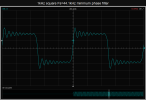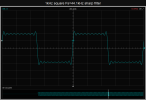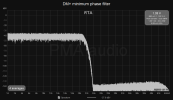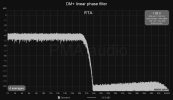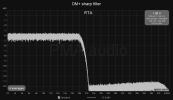Tks
Major Contributor
- Joined
- Apr 1, 2019
- Messages
- 3,221
- Likes
- 5,497
hey @pkane I know this has nothing to do with audibility but if you could..
I'd be really interested if you could deduce some semblance of what the processing overhead differences would be (maybe run the tap count until your PC or whatever starts to bog down, or until you reach the software cap).
I'd be really interested if you could deduce some semblance of what the processing overhead differences would be (maybe run the tap count until your PC or whatever starts to bog down, or until you reach the software cap).

